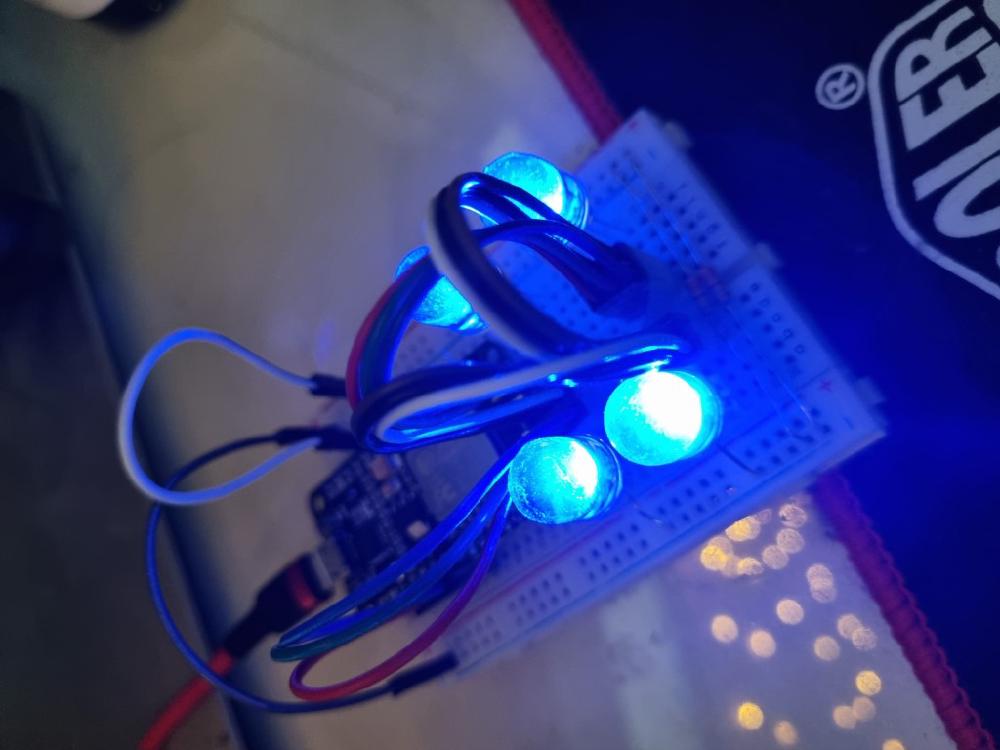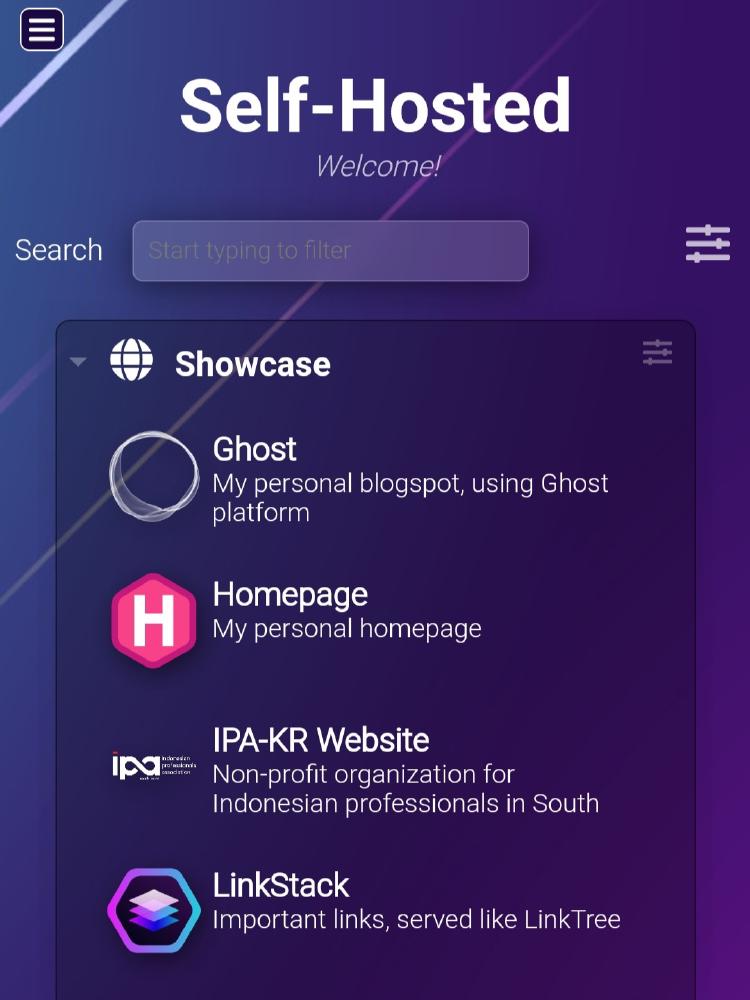A researcher at heart and a passionate R&D engineer who thrives on diving deep into data and bringing ideas to life through code. Whether it’s building smart solutions, analyzing complex problems, or tinkering with DIY tech gadgets and self-hosted services, I enjoy hacking together creative projects that blend curiosity with hands-on innovation.


September 2018 - Present
Seoul, South Korea
WILUS is a leading independent R&D lab based in South Korea, with a 12-year track record of developing new technologies related to wireless communications and multimedia. The company is employee-owned, and its team currently consists of 20 engineers and inventors, all holding M.S. or Ph.D. degrees.
September 2018 - Present


June 2023 - Present
Seoul, South Korea
A non-profit organization that aims to connect Indonesian professionals in South Korea, providing a platform for networking, knowledge sharing, and community support.
June 2023 - Present


October 2013 - January 2016
Cikarang, Indonesia
Samsung Electronics is a South Korean multinational company specializing in consumer electronics, semiconductors, and telecommunications.
October 2013 - January 2016
|
|

M.Sc. in Electrical and Information EngineeringCGPA: 4.44 out of 4.5Activities:Research Assistant at the Wireless Networking Lab of Seoul National University of Science and Technology.
Scholarship:My study and research are fully funded by scholarship from being a research assistant and maintaining high GPA.
|
|
|
|

2009-2013
B.Sc. in Electrical EngineeringCGPA: 3.27 out of 4Extracurricular Activities:
Scholarship:My study is partially funded by being a laboratory assistant and maintaining high GPA.
|
|
|
|

High School DiplomaGPA: 24.7 out of 30Extracurricular Activities:
|

My DIY version of the Friendship lamps. It is made using ESP8266, and using MQTT protocol to communicate with the server.

A homepage for a non-profit organization, IPA Korea, which I made using Django and hosted on a Virtual Private Server (VPS). The website is used to provide a way of communication between the members.

A collection of Docker Compose files for self-hosting various services, like Vaultwarden, Flatnotes, etc.
Disclosed is a sensing apparatus for sensing movement by using a measurement value, which represents a channel state, measured using a WLAN signal. The sensing apparatus comprises a memory; and a processor. The processor obtains a standard deviation of the magnitude of the measurement value during a predetermined number of measurements or within a predetermined time interval, and obtains a characteristic value of a sensing algorithm on the basis of the obtained standard deviation, and the sensing algorithm is an algorithm trained on the basis of a correlation between a value obtained on the basis of the magnitude of the measurement value and whether or not movement occurs around devices exchanging the wireless LAN signal.
Disclosed is a server for receiving information detected from an access point (AP) detecting movement by using a wireless LAN signal. The server comprise a memory and a processor. The processor receives, from the AP, an identifier of a basic service set (BSS) operated by the AP, receives, from a user application, an identifier of a BSS coupled with a station in which the user application operates, pairs the AP and the user of the user application if the identifier of the BSS received from the AP is the same as the identifier received from the user application, and transmits, to the user application, information about the result of detecting the movement received from the AP.
The method comprises the steps of receiving channel information from a first access point (AP) through a network (wherein the channel information includes a link metric measured on the basis of a communication signal with a second AP, and the first AP is provided in a first subway cabin and the second AP is provided in a second subway cabin that is adjacent to the first subway cabin); calculating the congestion level of the first subway cabin or the second subway cabin on the basis of the received channel information (wherein the congestion level indicates the level related to the number of passengers present in the subway cabin); and providing the calculated congestion level of the subway cabin to a user terminal.
A method for client steering in a multiple access point (AP) network is performed by a controller and comprises the steps of receiving, from one or more APs, pieces of related information for the client steering; on the basis of the pieces of information, determining a particular candidate BSS for the client steering from among a plurality of BSSs; and transmitting a request message for the client steering to an AP operating the particular candidate BSS.